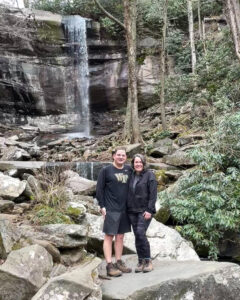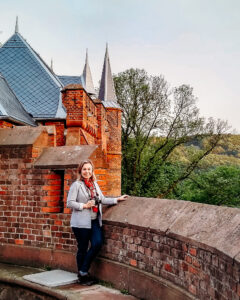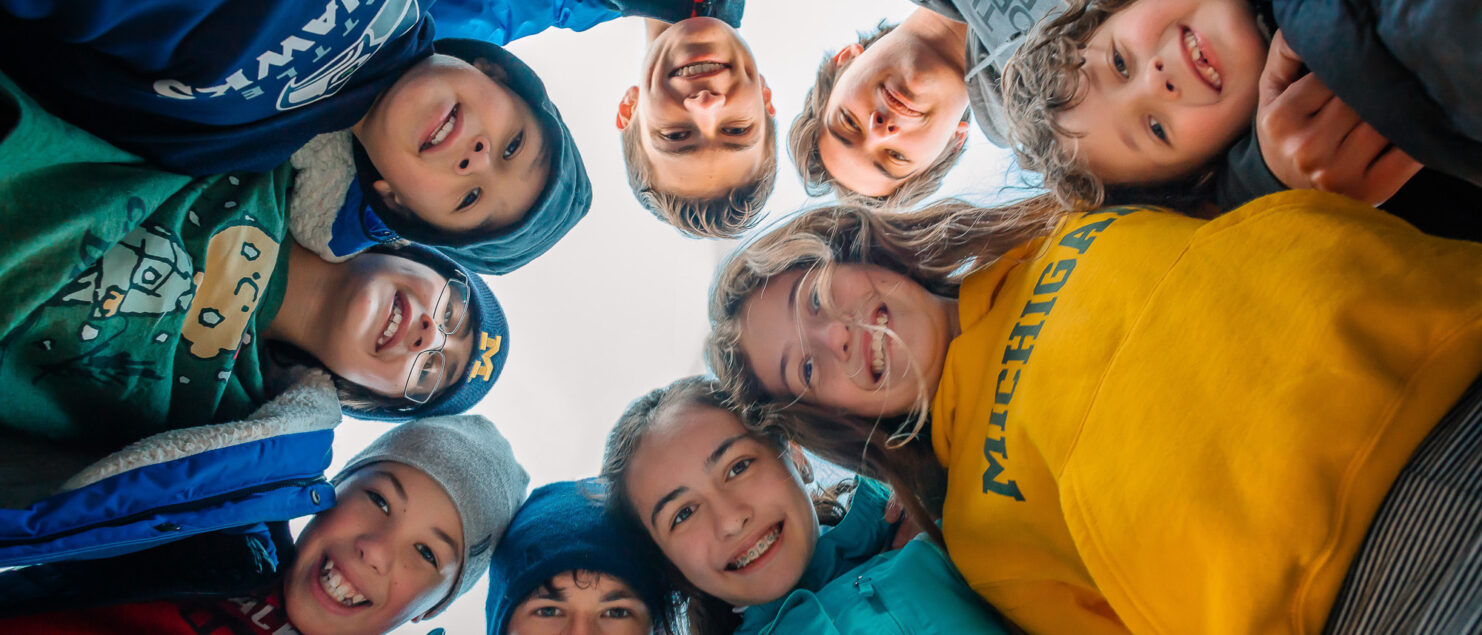Five Tips to Take Photos that are Easier to Organize
There are lots of statistics out there about how we’re taking more photos than ever before, but we don’t need stats to know it’s true. I own three cameras, a video camera, a smart phone and a tablet. I take thousands of photos a year, and that doesn’t even count the photos my wife and kids are taking!
As a photo organizer, I’ve worked on millions of photos and I’ve learned a few tricks that make it easier to take photos that are easier to organize. Many of you will be taking family vacations this summer which is a great opportunity to try out any of these ideas:



- Date and Time
Check the date and time setting on your digital cameras. Photographs, by definition, are a capture of a moment in time. Therefore, date and time should always be the primary organizational criteria of your photos. This simple step of making sure the date and time of your camera are correct will make it much easier to organize your photos. I recently worked with a client who had the wrong date on her camera for an entire year. We didn’t realize what was going on until we noticed she had Christmas photos in two states that year. I was able to untangle that mess for her, but having the correct date and time setting in the camera would have saved a lot of time and confusion. You should adjust this setting on your camera every time you change your clocks for daylight saving time and every time you go on vacation. - Location
If date is the most important factor to organizing your family photos, then the second most important attribute is location. Most smart phones include the GPS location a photo was taken, which can be used by modern photo organizing apps and services. For example, if a photo was taken at 41.8826° N, 87.6226° W, I use Adobe Lightroom which tells me this photo was taken in Chicago, IL, US. Even if you use a “real” camera such as a DSLR or point-and-shoot camera you can still snap a photo with your smart phone and later copy the GPS coordinates from your camera phone images to your other digital photos. - The Story
Capture the whole story when you take photos. For example, if you’re attending a party you might take photos of the outside of the house with the street number visible. If you visit a park or take a hike, make sure to take photos of important signs, maps, or trail markers. If you attend a sporting event, take photos of the venue, the signage, and the final score on the scoreboard. All of these photos help make better photo albums, videos, and slideshows because they help tell the whole story. It’s also a great way to remember where photos were taken and what was special about the event. This is especially helpful when you’re on vacation in an unfamiliar place because by the time you get home all beaches, waterfalls, and museums look the same! - Visual Break
If you take a lot of photos in a single day it can be helpful to have a visual break between different places, events, or sequences. To introduce an obvious visual break between subjects, I take a photo of my hand. The next time I download my photos to my computer and organize them I know that every time I see my hand that it’s a different subject or sequence. This is especially helpful if you like to shoot time-lapse sequences or panoramas. You could also bring a brightly colored index card for the same purpose, but you’ll never leave your hand at home! - Observe and Delete
Part of the process of organizing digital photos is deleting the bad shots. You haven’t been keeping everything, have you? When you delete the duds, be observant about why you’re deleting those photos. What are your common mistakes? Is it poor composition? Then read up on the rule of thirds. Are a lot of your shots blurry? Then you should learn about lighting, purchase a flash, or learn more about the settings on your camera. Do a lot of your shots have bright backgrounds and dark faces? Then you need to change your shooting position for better light. It’s okay to take bad photos, but you should learn from your mistakes, improve your shooting, and have less to delete. When you learn from your mistakes, slow down, and compose better shots you end up with more keepers, fewer duds, and an easier organizing process.
Next Steps
Don’t be overwhelmed by all of these ideas. Just try one tip at a time and the process of organizing your photos will get easier and easier.
Interested in working with Chaos to Memories?
If you’re near Chicago and ready to get started, come visit our Wheaton Studio Monday – Friday, 10-5. Please bring your memories with you.
Contact us for more information, shipping instructions, and to get started on your project.

